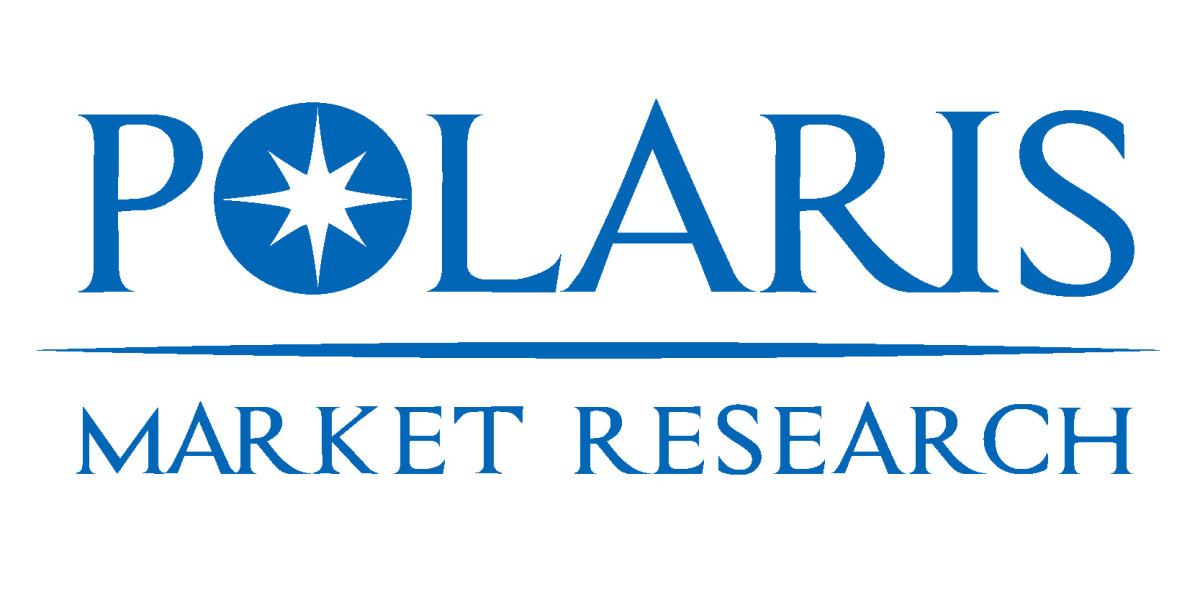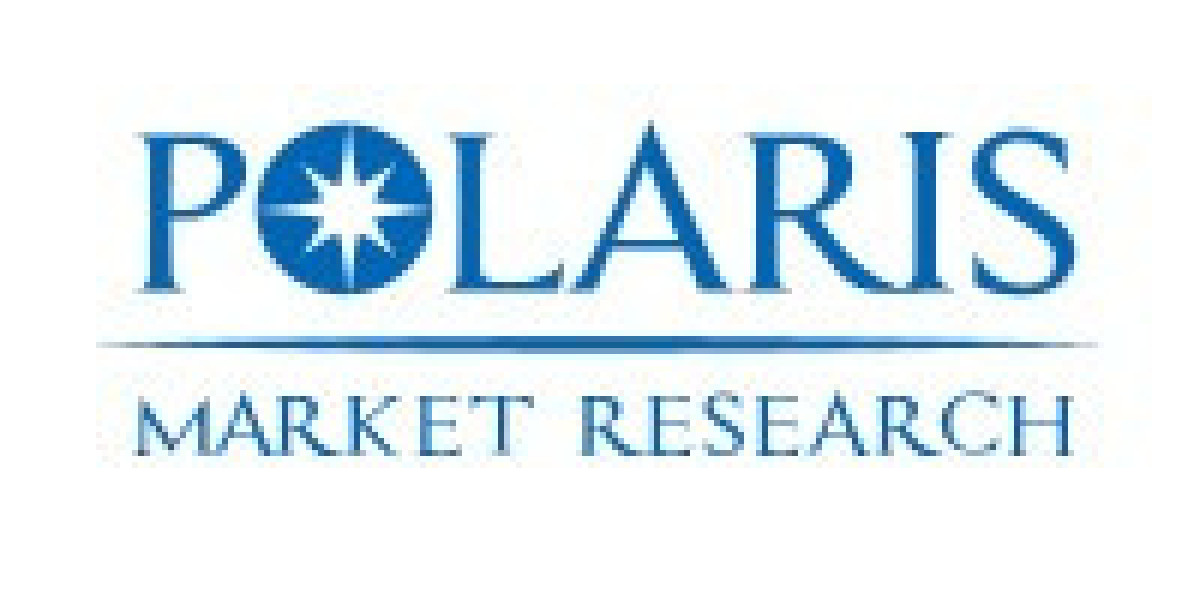Market Overview
The global home infusion therapy market is set for sustained growth, with its value expected to climb from USD 38.63 billion in 2024 to USD 83.31 billion by 2034, registering a compound annual growth rate (CAGR) of 8.0% over the forecast period. This remarkable expansion is driven by the increasing burden of chronic diseases, rising healthcare costs, technological advancements in infusion systems, and a growing shift toward home-based, patient-centered care.
Home infusion therapy involves administering medications, fluids, or biologics intravenously in a patient’s home rather than in a hospital or clinical setting. The treatment spans a wide range of applications—including antibiotics, parenteral nutrition, pain management, immunoglobulins, and chemotherapy—providing critical support for long-term care, recovery, and disease management outside the traditional healthcare infrastructure.
This shift not only enhances patient comfort and convenience but also reduces hospital-acquired infection risks and minimizes overall healthcare expenditures.
Key Market Growth Drivers
- Surge in Chronic Disease Prevalence
The increasing incidence of chronic illnesses such as cancer, diabetes, heart failure, and immune deficiencies is a key catalyst for market growth. According to the World Health Organization (WHO), chronic diseases account for over 70% of all global deaths annually. These conditions often require consistent, long-term intravenous therapy—well-suited for administration in a home setting.
Healthcare providers are adopting home infusion as a sustainable model to manage high patient volumes, improve clinical outcomes, and reduce readmission rates. The therapy offers a viable alternative for patients who require ongoing care without the burden of frequent hospital visits.
- Innovations in Infusion Technologies
Technological advancements are reshaping the feasibility of at-home treatment. The development of portable, user-friendly, and programmable infusion pumps—some with remote monitoring, dose control, and safety alerts—has greatly enhanced the reliability and safety of home infusion.
Companies like Moog Inc. and ICU Medical, Inc. are leading the way with devices that support the administration of complex therapies such as chemotherapy and total parenteral nutrition. These tools make it easier for caregivers and patients alike to manage care independently and effectively.
- Transition to Cost-Effective, Patient-Centered Care
In the face of escalating healthcare costs, insurers and providers are embracing value-based care models that emphasize outcomes, affordability, and convenience. Studies show home infusion can cut treatment costs by up to 60% compared to hospital-based alternatives.
Digital health innovations—including telemedicine, AI-enabled care planning, and real-time data exchange—further support this transition, enabling seamless coordination and remote oversight for home-based treatment regimens.
- Aging Population and Post-Acute Care Needs
The growing global geriatric population is another major demand driver. Older adults often require frequent or long-term IV treatments, making home infusion an attractive option that reduces physical and emotional stress.
The COVID-19 pandemic accelerated the move toward decentralized care, pushing providers and health systems to seek safer, more resilient delivery models. Home infusion emerged as a critical solution during the crisis and continues to gain traction in post-pandemic recovery strategies.
Explore The Complete Comprehensive Report Here:
https://www.polarismarketresearch.com/industry-analysis/home-infusion-therapy-market
Market Challenges
Despite the market’s positive trajectory, several challenges persist:
- Reimbursement Inconsistencies
While payer support is improving, inconsistencies in insurance and reimbursement policies—particularly across regions—pose hurdles. For instance, Medicare in the U.S. provides only limited coverage, affecting seniors’ access to home infusion.
- Skilled Workforce Shortage
Administering IV therapy at home requires trained nurses, pharmacists, and care coordinators. Shortages in these specialized roles, especially in rural or underserved areas, can impact service availability and quality.
- Patient Safety and Infection Control
Although home infusion reduces exposure to hospital-based pathogens, patients must follow strict hygiene protocols to avoid infection. Education, support, and supervision are critical to mitigating risks, particularly among immunocompromised populations.
Regional Insights
North America
North America leads the global market, with the United States accounting for a significant share. Growth is fueled by high healthcare spending, advanced infrastructure, and rising demand for post-acute and chronic care services. Key players like Option Care Health, Amedisys, and PharMerica are expanding home infusion offerings through acquisitions, technology partnerships, and care coordination models.
Reimbursement programs such as the Medicaid Home Health Benefit further support market growth. In Canada, the focus on community care and public health investments is also fostering adoption.
Europe
European markets—including Germany, the UK, and France—are seeing steady growth, supported by universal healthcare systems, aging populations, and emphasis on out-of-hospital care. Major players such as Fresenius Kabi AG and B. Braun SE are providing comprehensive infusion services and investing in regional expansion and product development.
Asia-Pacific
The Asia-Pacific region is projected to record the fastest growth, driven by rising healthcare awareness, infrastructure investment, and a burgeoning middle class. Countries like Japan, with its aging population and robust home healthcare networks, and India and China, with their expanding private healthcare sectors, are major contributors.
Local manufacturing, digital health integration, and government-backed telehealth initiatives are helping bridge gaps in access and affordability.
Latin America, Middle East & Africa (LAMEA)
Although adoption is still in early stages, interest is growing in urban centers across Brazil, Mexico, UAE, and South Africa. Rising chronic disease rates, urbanization, and healthcare modernization programs are paving the way for gradual expansion in these emerging markets.
Competitive Landscape
The global home infusion therapy market is characterized by innovation, consolidation, and strategic partnerships. Leading companies are focusing on automation, patient engagement platforms, and remote care delivery models to enhance efficiency and improve outcomes.
Key Market Players:
- Amedisys, Inc. – U.S.-based leader in home health, expanding infusion services through acquisitions.
- B. Braun SE – Offers infusion devices and services across Europe and North America.
- Baxter International Inc. – Provides parenteral nutrition and infusion systems for home and hospital use.
- BD (Becton, Dickinson and Company) – Delivers integrated IV therapy systems with a focus on safety.
- CareCentrix, Inc. – Specializes in home-based care coordination, including infusion.
- Coram LLC (CVS Health) – One of the largest infusion providers in the U.S., covering a wide therapeutic range.
- Fresenius Kabi AG – Global player in clinical nutrition and infusion therapy with a strong home care presence.
- ICU Medical, Inc. – Manufactures critical infusion delivery systems for alternative care settings.
- JMS Co., Ltd. – Japanese manufacturer offering infusion products across Asia.
- Moog Inc. – Innovator in compact, smart infusion pumps for mobile and home use.
- Option Care Health, Inc. – Focused on high-touch, personalized home infusion services.
- PharMerica Corporation – Provides long-term care and pharmacy-based infusion services.
- Terumo Corporation – Supplier of infusion systems with expanding operations in Asia and North America.
Conclusion
The global home infusion therapy market is poised for robust expansion, emerging as a cornerstone of modern ambulatory and chronic care. With a projected valuation of USD 83.31 billion by 2034, the sector reflects the broader healthcare shift toward cost-efficient, decentralized, and patient-centric models.
Supported by advancements in infusion technology, a growing chronic disease burden, and evolving care delivery strategies, home infusion is becoming not just a viable alternative—but a preferred modality for many patients and providers alike.
More Trending Latest Reports By Polaris Market Research:
semiconductor intellectual property market
semiconductor intellectual property market
Intelligent Transportation System Market
Polyethylene for Drip Irrigation Pipes Market
Molecular Infectious Disease Testing Market
semiconductor intellectual property market








